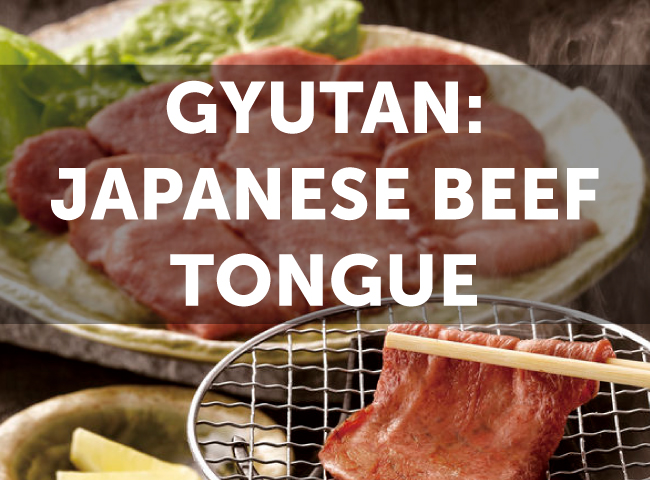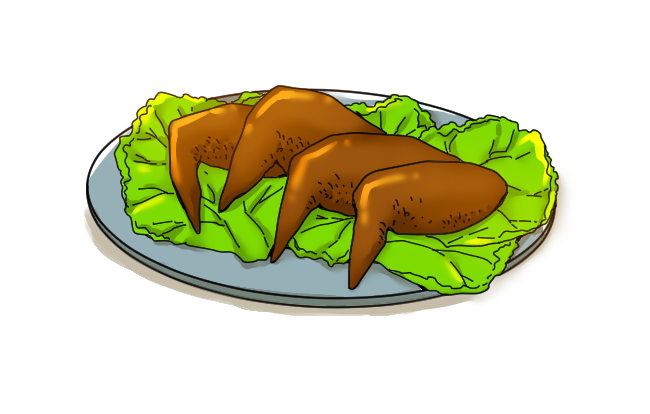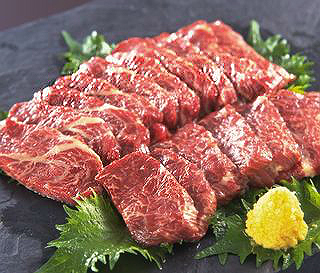Jingisukan: A Nod of the Helmet to Mongolia’s First Emperor
The northernmost prefecture of Hokkaido is famous for a regional dish known as jingisukan; a type of barbecue made with grilled lamb or mutton and vegetables cooked over a uniquely shaped grill. Keep reading to learn why this dish is named after Mongolia’s founding emperor, Genghis Khan, and more importantly where and how you can enjoy this delicious BBQ in Japan or even at home!
How Genghis Khan Became Famous for BBQ in Japan

The Japanese dish jingisukan was named for the founder of the Mongol Empire, although Genghis Khan himself had no hand in the creation of the dish. Instead, a popular belief is that jingisukan was so named due to the fact that sheep are a type of livestock commonly associated with Mongolia and because the unique convex-shaped grill on which jingisukan is cooked evokes the image of a warrior’s helmet. This unique helmet shape includes a pattern of deep ridges that allow fat and excess marinade to drain away from the meat as it cooks.
Places in Japan Famous for Jingisukan BBQ
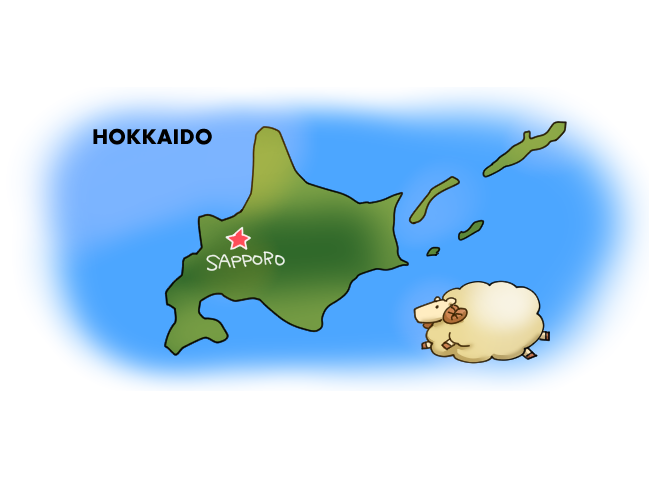
The most famous places in Japan to eat jingisukan can, of course, be found in Hokkaido where the majority of the country’s sheep farms are located—with many restaurants located in the prefectural capital of Sapporo, in particular. However, excellent jingisukan can also be found in the northern parts of Japan’s main island of Honshu in places like Tono City in Iwate prefecture and Zao Onsen in Yamagata prefecture, as well as in Japan’s largest metropolis Tokyo. In fact, the first reported jingisukan specialty restaurant is said to have opened in Tokyo in 1936, and Tono City even has its own local style of jingisukan where the grill is set over a metal bucket containing the fuel for the barbecue. These jingisukan buckets can be used indoors or outdoors for a picnic.
Read: Top 6 Must-Eat Dishes in Hokkaido
What to Expect at a Jingisukan Restaurant
Typically, a party of diners is seated around a table with a grill that may either be brought to the table by the server or built directly into the table. Many restaurants are equipped with exhaust hoods over the grills to clear away the smoke of the barbecue. However, beer halls, which are also popular venues for jingisukan, may not have as good of ventilation as smaller restaurants and tend to be a bit smokier due to the large number of diners.
Outdoor dining options include open-air and rooftop beer gardens, as well as jingisukan picnic options. Many restaurants offer barbecue equipment for rental with the ingredients pre-sliced and prepped for easy barbecuing.
At most jingisukan restaurants, the food is cooked by the diners themselves who sit around a table and dine from the same grill communal-style. Meat and vegetables can be ordered either à la carte or as part of a timed tabehodai (all-you-can-eat) course.

In addition to tabehodai courses, larger restaurants in Hokkaido that offer baikingu, a buffet-style meal where you can take whatever you’d like, often include jingisukan on the menu. At some more upscale restaurants, the staff will actually grill the jingisukan for you tableside, similar to a teppanyaki steakhouse.
Read: Guide to Teppanyaki: A Feast for the Senses
How to Cook Jingisukan at a Restaurant
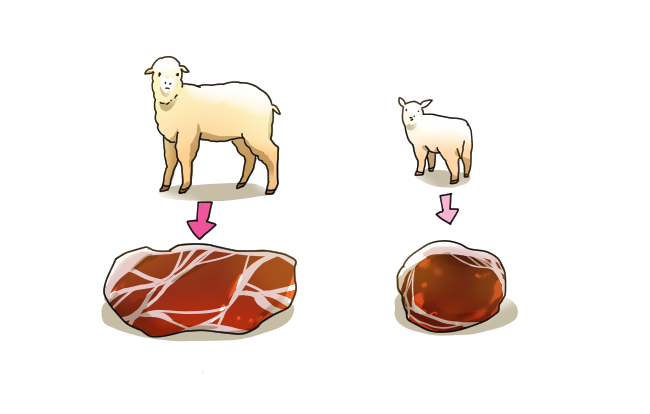
Lamb and mutton are both options when eating jingisukan. Lamb refers to young sheep which have leaner meat and a milder flavor, while mutton comes from older sheep that have more marbled meat and a stronger and somewhat gamey flavor. The leaner and less gamey flavor of lamb makes it highly appealing to people who may not be accustomed to eating mutton or wild game meats, but the tender marbling of mutton has a sweetly rich flavor that many people also enjoy.

When dining at a jingisukan restaurant, you’ll want to choose which cuts to barbecue, such as shoulder, rib rack, tenderloin, and round steak, and whether you’d like the meat to be marinated or non-marinated.

Marinated cuts have a saucier flavor that can help balance the gamey flavor of the meat for those who aren’t used to eating lamb or mutton, while non-marinated cuts are seasoned simply with salt and pepper, which allow the flavor of the meat to be fully enjoyed.

When the ingredients arrive at the table, spread a piece of lamb suet over the hot grill so that the fat melts across the surface. Then add pieces of meat (either marinated or non-marinated) to the center of the grill over the top of the curved dome. Vegetables such as kabocha pumpkin, cabbage, onion, leek, bell pepper, carrots, bean sprouts, and asparagus are spread around the perimeter of the grill so that they fry in the lamb fat as it drips down.

The ingredients are cooked until tender and can then be dipped in jingisukan sauce, a spicy soy-based sauce made with ginger, grated apple, and onion. Jingisukan sauce can be used both to marinade the meat before grilling and to dip the meat and vegetables after grilling. Other popular condiments to use in jingisukan include grated garlic, Korean chili sauce, and chanja, the spicy fermented offal of a cod fish, and more.
How to Cook Jingisukan at Home

Even if you don’t have the special helmet-shaped grill, you can achieve similar results cooking the ingredients over a ribbed grill pan when making jingisukan at home. Slice lamb or mutton, cabbage, onions, carrots, pumpkin, and bell peppers into bite-sized pieces. The firmer ingredients like the pumpkin and carrot can be lightly parboiled before grilling.
Marinate the meat in some of the jingisukan sauce before grilling (there are several free recipes for jingisukan sauce available online), reserving the rest for dipping. Grill the ingredients with the meat placed near the center of the pan and the vegetables around the edges and serve sizzling hot with the remaining jingisukan sauce.
Trying the Best Jingisukan BBQ in Japan Begins with Gurunavi
In a country where lamb and mutton are not commonly eaten, jingisukan is a special dish that every visitor to Japan should try. Check out Gurunavi’s listings for the best jingisukan restaurants throughout Japan. Itadakimasu!




